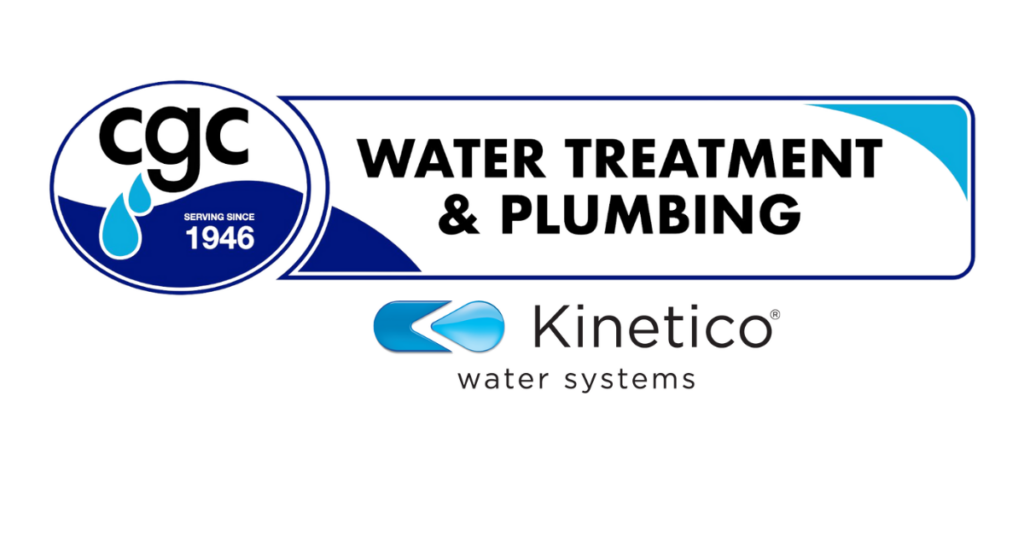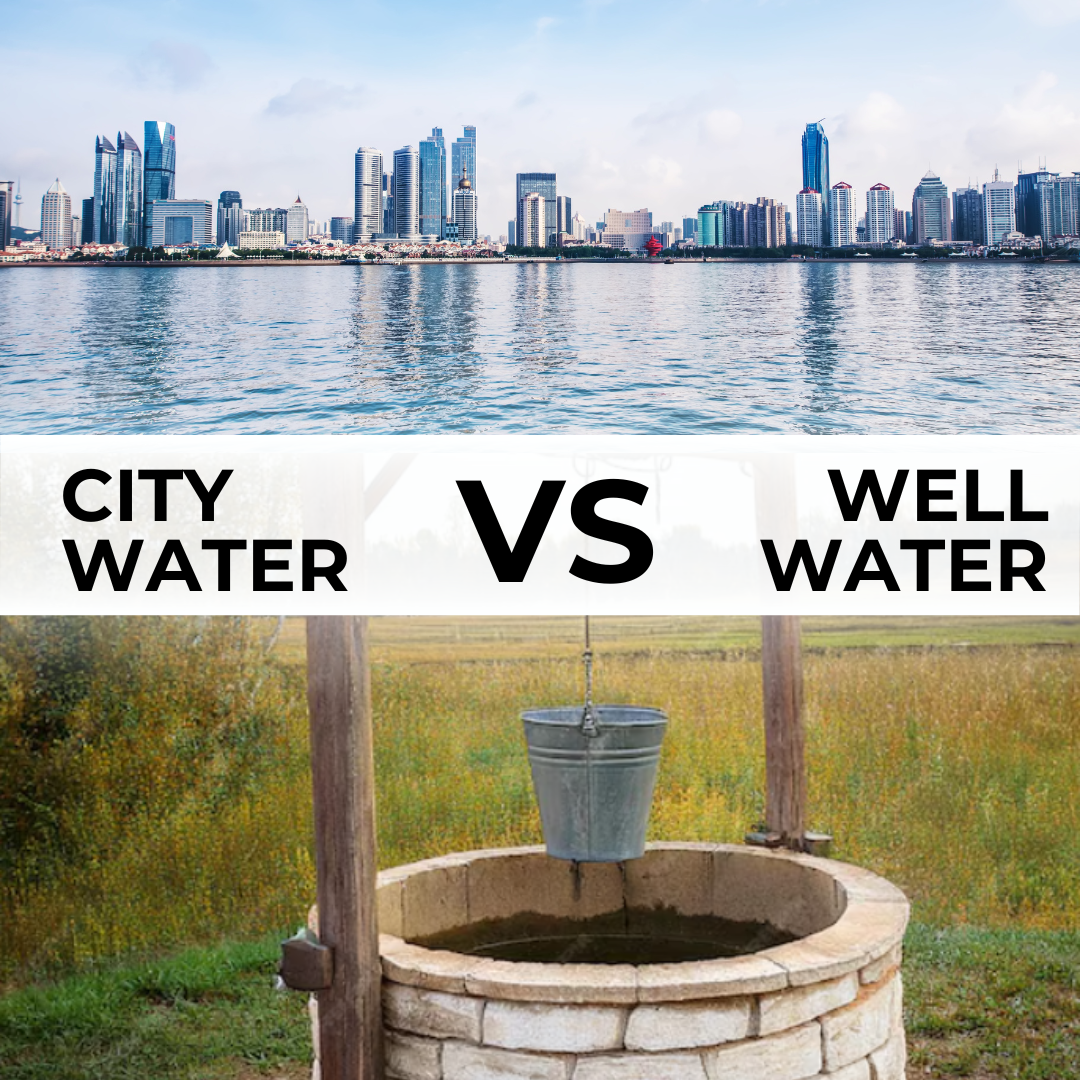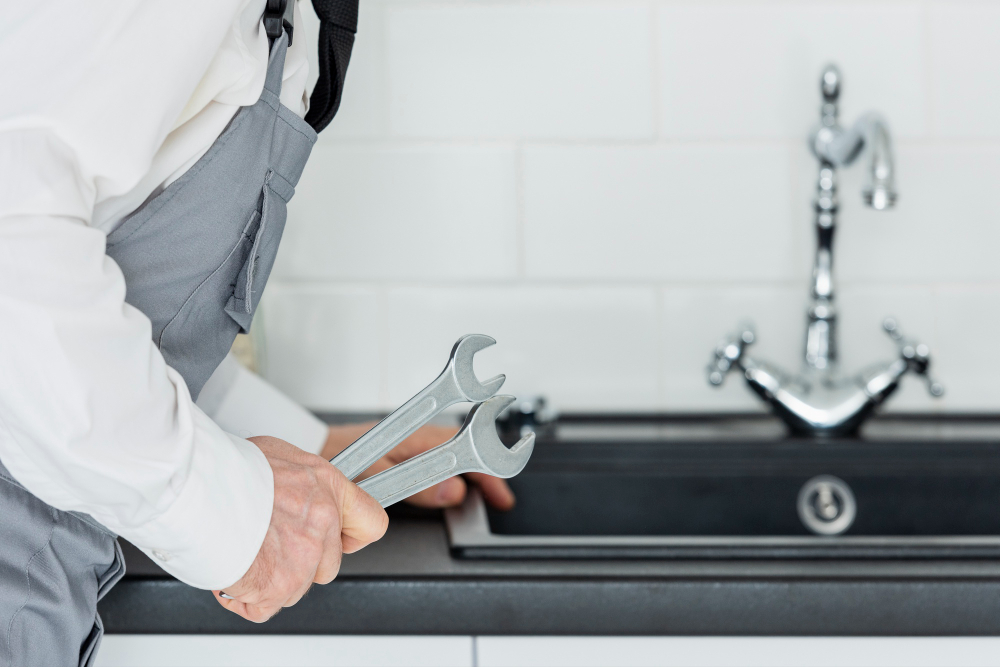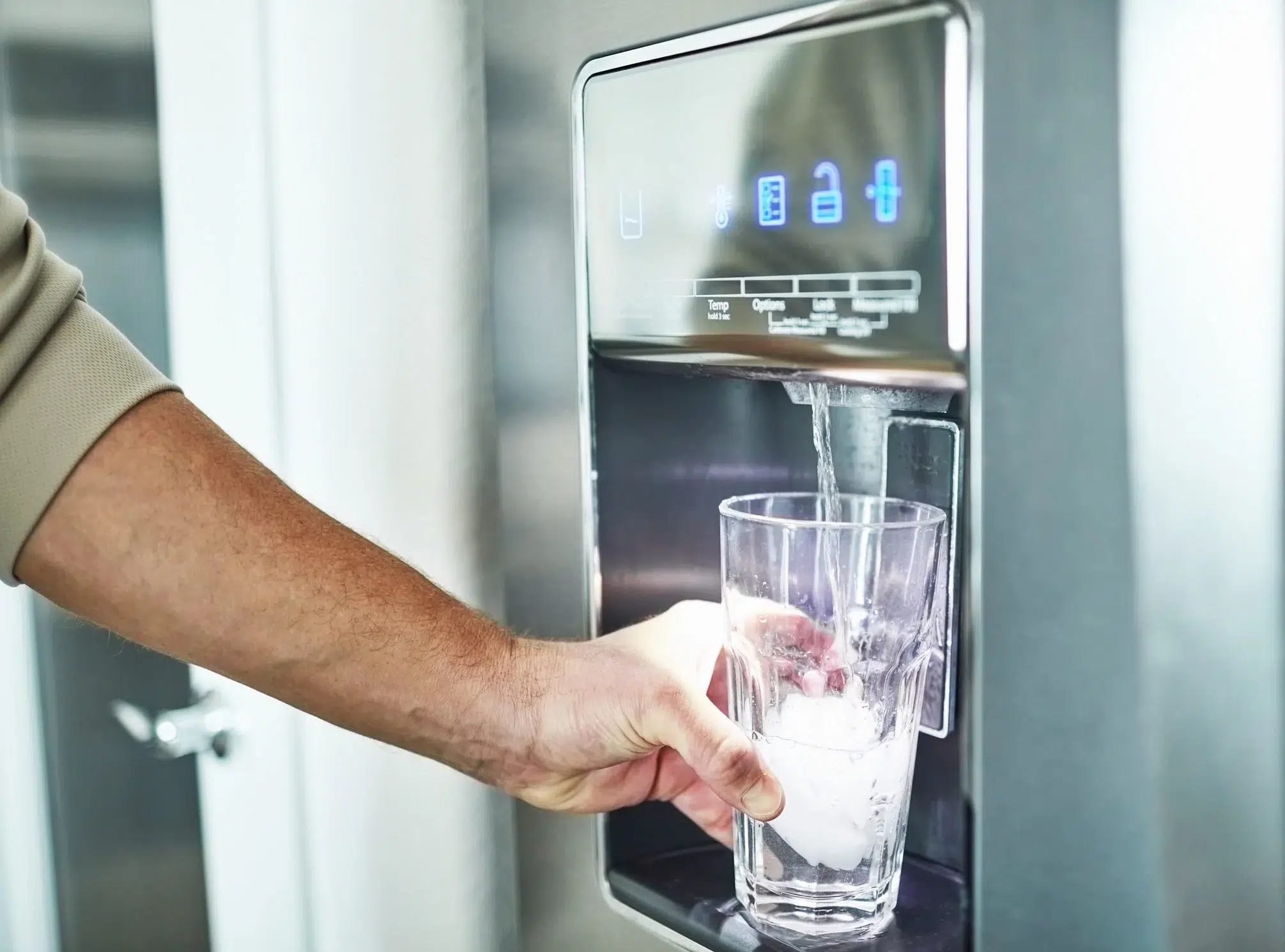A reverse osmosis system is designed to remove contaminants, such as pesticides and arsenic, from unfiltered water.
While you don’t need to understand exactly how a reverse osmosis system works, it’s important to have basic knowledge to ensure that you take full advantage of everything it can do.
How does a reverse osmosis system work?
The first phase of filtration occurs when a prefilter removes chlorine and sediment. From there, water is forced through a semipermeable membrane designed to remove any dissolved solids.
After exiting the membrane, water moves through a post-filter before making its way to a faucet for consumption.
Not all RO systems are created equal, as they have various stages depending on the number of filters. The most common types of reverse osmosis systems have three, four, or five stages of filtration.
Regardless of the system you choose, it’ll contain at least one of the following filter types:
- Semi-permeable membrane
- Carbon filter
- Sediment filter
What does a reverse osmosis system remove?
A RO system is one of the best ways to remove contaminants from your water. It can successfully remove all the following:
- Salt
- Fluoride
- Chlorine
- Sediment
- Arsenic
- VOCs
- Pesticides
- Herbicides
Note: a RO system is not designed to remove viruses and bacteria.
What are the benefits?
The primary benefit of a reverse osmosis system is the ability to remove contaminants from your water. However, there are other benefits:
- Reduce or eliminate bad odors and tastes
- Simple maintenance
- Easy to install
- Fits comfortably under a kitchen sink
If you’re interested in a RO system for your home, you’re in the right place. We have a variety of systems for you to choose from, all of which are designed to improve the purity of your drinking water.
Contact us for additional information and answers to all your questions.RO








